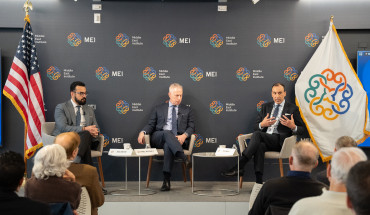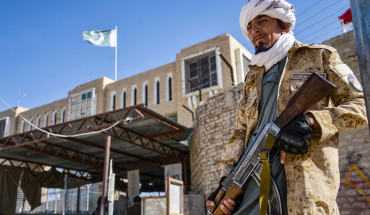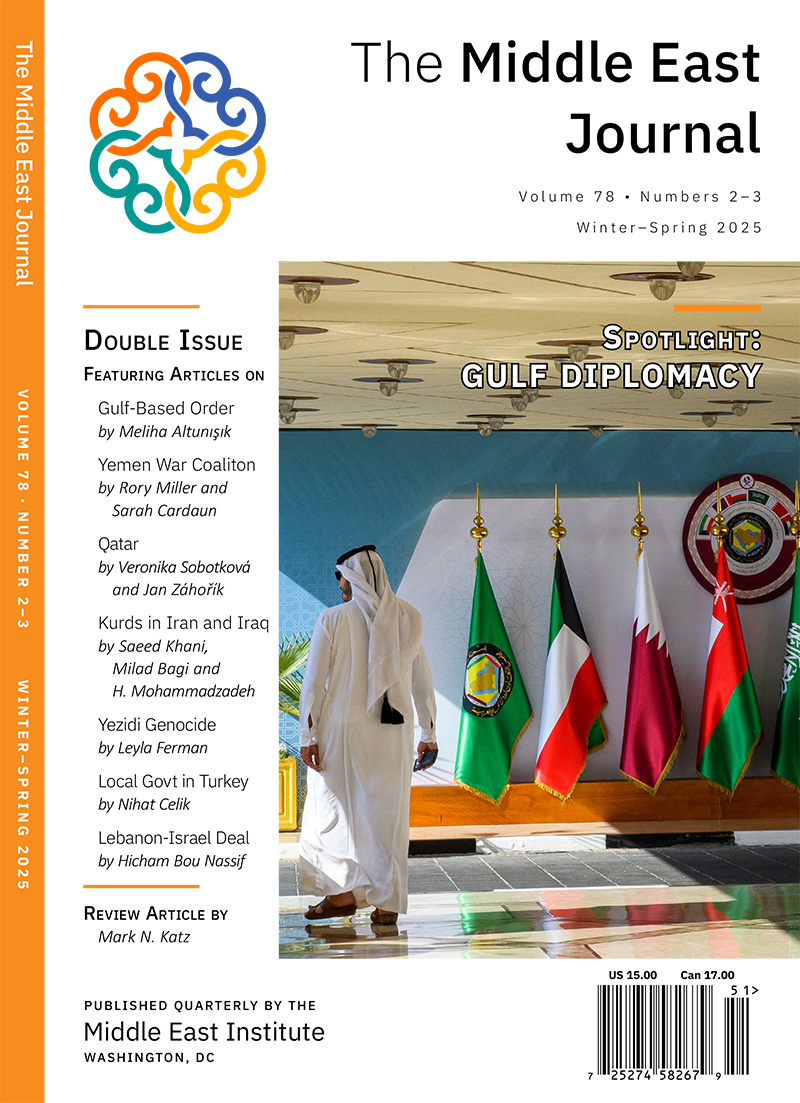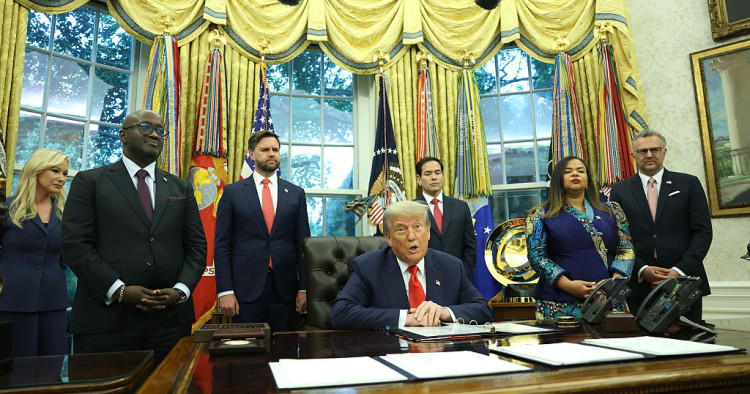Domestic politics has taken center stage in the United States as Congress struggles to pass President Donald Trump’s proposed budget plan under an aggressive deadline. But July is also shaping up as a pivotal month for Trump’s foreign policy in the Middle East and beyond.
The US Senate narrowly voted through Trump’s budget bill earlier this week, and now the US House of Representatives needs to bridge divides within Trump’s own political party to meet the president’s goal of passing it before the upcoming Fourth of July holiday. Whether Trump and his party succeed could have a spillover effect on how he handles foreign policy, including pressing challenges still present in the Middle East.
Israeli Prime Minister Benjamin Netanyahu comes to Washington next week for his third visit since Trump returned to office earlier this year. This meeting will take place amid lingering questions about the status of Iran’s nuclear program and major unresolved issues in the Gaza war.
Trump’s overall foreign policy achieves some modest gains as major tests loom
Trump’s second-term diplomacy saw some progress with the June 27 announcement at the White House of a peace deal between Rwanda and the Democratic Republic of the Congo. This central African agreement is a priority for the Trump team in part because of the region’s vast wealth of critical minerals — and America’s competition with China for those resources. Beyond this, the growing list of positive outcomes for Trump’s second-term statecraft now includes:
-
NATO spending pledges. At last week’s summit, North Atlantic Treaty Organization (NATO) allies committed to increase their defense and security spending contributions to 5% of GDP by 2035.
-
India-Pakistan deal. In May, India and Pakistan agreed to a cease-fire deal that the Trump administration helped broker.
-
Multiple economic deals in the Middle East. President Trump’s visit to the Gulf in May resulted in major economic and technology deals with regional players along with a new US policy approach on Syria.
-
Mineral wealth deal. An agreement with Ukraine in April established a reconstruction and investment fund that will give the US access to Ukraine’s reserves of critical minerals and natural resources.
The balance in Trump 2.0’s overall foreign policy ledger remains very mixed, however, as the president has fallen short thus far on some of his big aspirations, including:
-
No end to Russia’s war against Ukraine. Russia continues to attack Ukraine and has gathered forces in key parts of the country as Trump’s peace efforts have failed and his administration paused shipment of key munitions to Ukraine.
-
No clear outcomes from trade wars. Dozens of countries around the world, including close allies like Canada, continue to seek trade deals with the United States as Trump’s new deadline of July 9 for implementing costly tariffs nears. Global competitor China is bracing itself for the next phase of the ongoing trade war.
-
Uncertainty about Trump’s big budget. This budget plan is not solely about domestic politics, as the version the US Senate passed yesterday includes $150 billion in additional defense spending and a large increase in funding for immigration measures.
This mixed record on foreign policy contributes to divided perceptions among Americans about Trump’s foreign policy. A majority of Americans (52%) disapprove of the way Trump is dealing with foreign policy, and 41% approve, in a recent NPR/PBS/Marist poll conducted in late June, after the military strikes on Iran.
The Middle East: Two main challenges of Iran and Israel-Palestine remain unresolved
In addition to these looming global challenges, the Trump team continues to face a complicated set of conflicts and tensions across the Middle East.
US policy in the Middle East finds itself in a temporary state of limbo because of an overarching disequilibrium in the region — and this makes the upcoming third meeting between Trump and Netanyahu next week potentially a pivotal one.
On Iran, the dust continues to settle in the aftermath of the US military’s June 21 strike on the regime’s nuclear facilities in the middle of the 12-day war between Israel and Iran; and key questions remain about the overall impact of this war on Tehran’s calculus. Iran suspended cooperation with the International Atomic Energy Agency (IAEA), and satellites captured images of new activity at the Fordow nuclear facility, which was targeted by the United States. The prospects for additional rounds of diplomacy seem dimmer than the chances of more public posturing that could lead instead to further conflict. The Houthis in Yemen, which receive weapons and support from Iran, continue to threaten Israel, despite a side deal President Trump cut with them in May to stop attacking US forces and vessels in the Red Sea.
The Gaza war continues to take a heavy toll, as more than 170 humanitarian agencies called for shutting down the Gaza Humanitarian Foundation, a new aid organization running distribution sites in Gaza where hundreds of Palestinians have been killed while attempting to receive assistance. Trump, who came into office with a cease-fire and hostage release deal between Israel and Hamas in place, said this week that Israel agreed to a new cease-fire and urged Hamas to accept the terms.
More broadly on the Arab-Israeli front, there is increased chatter hinting at some progress toward regional normalization ahead, as Trump’s Middle East envoy Steve Witkoff also expressed hopes this past week that more countries would join the Abraham Accords soon.
Movement on any of these issues, however, seems unlikely without some important missing ingredients: a lasting cease-fire and hostage-release deal and a pathway toward a two-state solution between Israelis and Palestinians. Just this week, senior Emirati diplomat Lana Nusseibeh made the case once again that comprehensive Middle East peace requires a Palestinian state for long-term stability. This is a tall order, and Trump 2.0’s poor record thus far in achieving major diplomatic outcomes on Iran and the Israeli-Palestinian front does not bode well for genuine, lasting progress ahead.
Brian Katulis is a Senior Fellow at the Middle East Institute.
Photo by Joe Raedle/Getty Images
The Middle East Institute (MEI) is an independent, non-partisan, non-for-profit, educational organization. It does not engage in advocacy and its scholars’ opinions are their own. MEI welcomes financial donations, but retains sole editorial control over its work and its publications reflect only the authors’ views. For a listing of MEI donors, please click here.













